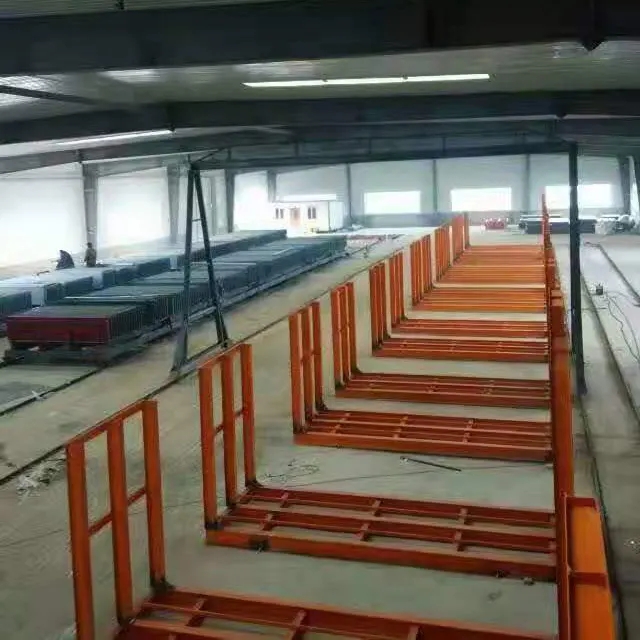Key components and steps involved in a cement partition board production line
2023-10-18
A cement partition board production line is a manufacturing process used to produce cement-based partition boards or panels, which are commonly used in construction for creating interior and exterior partitions, wall linings, and ceiling systems. These partition boards are known for their fire resistance, durability, and versatility in design. The production line involves several stages and equipment for the mixing, forming, curing, and finishing of cement partition boards. Here is an overview of the key components and steps involved in a cement partition board production line:
1. Raw Materials Preparation:
- Cement: The primary raw material is Portland cement, which provides the structural strength to the boards.
- Aggregates: Sand, silica, and other aggregates are mixed with cement to improve the board's density and mechanical properties.
- Fiber Reinforcement: Various fibers, such as cellulose, glass, or synthetic fibers, may be added to enhance the board's strength and flexibility.
- Additives: Chemical additives, such as accelerators, retarders, plasticizers, and water reducers, are used to control setting time and improve workability.
2. Mixing and Blending:
- The raw materials are combined in a batch mixer to create a homogenous mixture. The mixing process ensures even distribution of cement, aggregates, fibers, and additives.
3. Forming and Shaping:
- The mixed cement slurry is poured onto a forming bed or a continuous forming machine.
- The slurry is then shaped into the desired thickness and dimensions using molds, rollers, or presses.
4. Curing:
- The formed cement boards undergo a curing process to set and harden. Curing may involve the use of temperature and humidity-controlled chambers or curing rooms.
- Proper curing is essential for achieving the desired strength and durability of the boards.
5. Cutting and Sizing:
- After curing, the cement boards are cut into standard sizes using cutting equipment. The edges may also be trimmed to ensure uniform dimensions.
6. Surface Finishing:
- Depending on the intended application and design requirements, surface finishes may be applied to the boards. This can include coatings, textures, or laminates.
7. Quality Control and Inspection:
- The finished cement partition boards undergo quality control checks to ensure they meet the required standards for strength, thickness, and appearance.
8. Packaging and Distribution:
- The final step involves packaging the cement partition boards for distribution to construction sites or retail markets.
Cement partition board production lines vary in scale and complexity, from small-scale manual operations to large-scale automated industrial processes. The choice of equipment and technology depends on factors like production volume, product specifications, and available resources. Additionally, environmental considerations, such as recycling and sustainable sourcing of raw materials, may play a role in the production process to reduce the environmental impact of cement board production.



